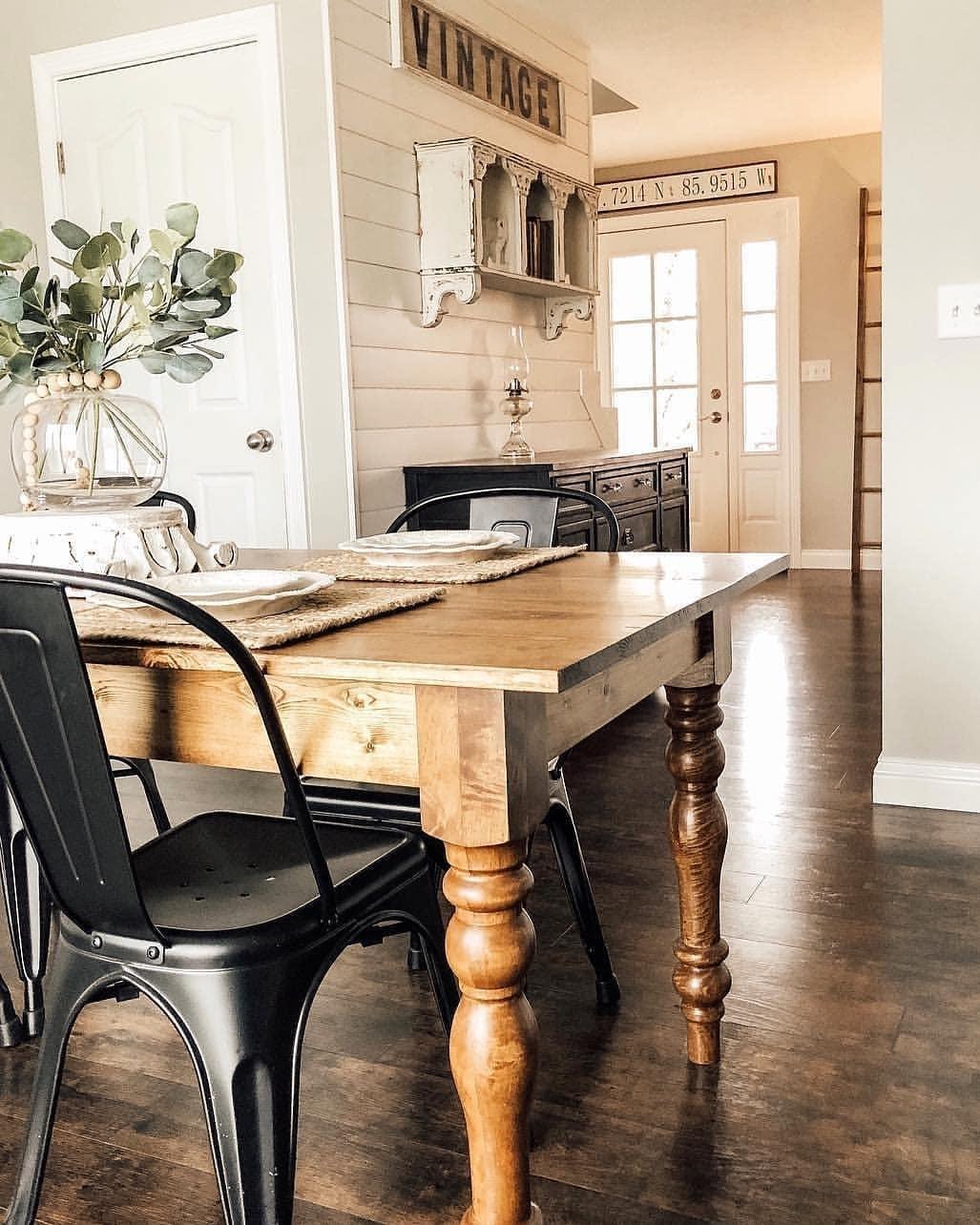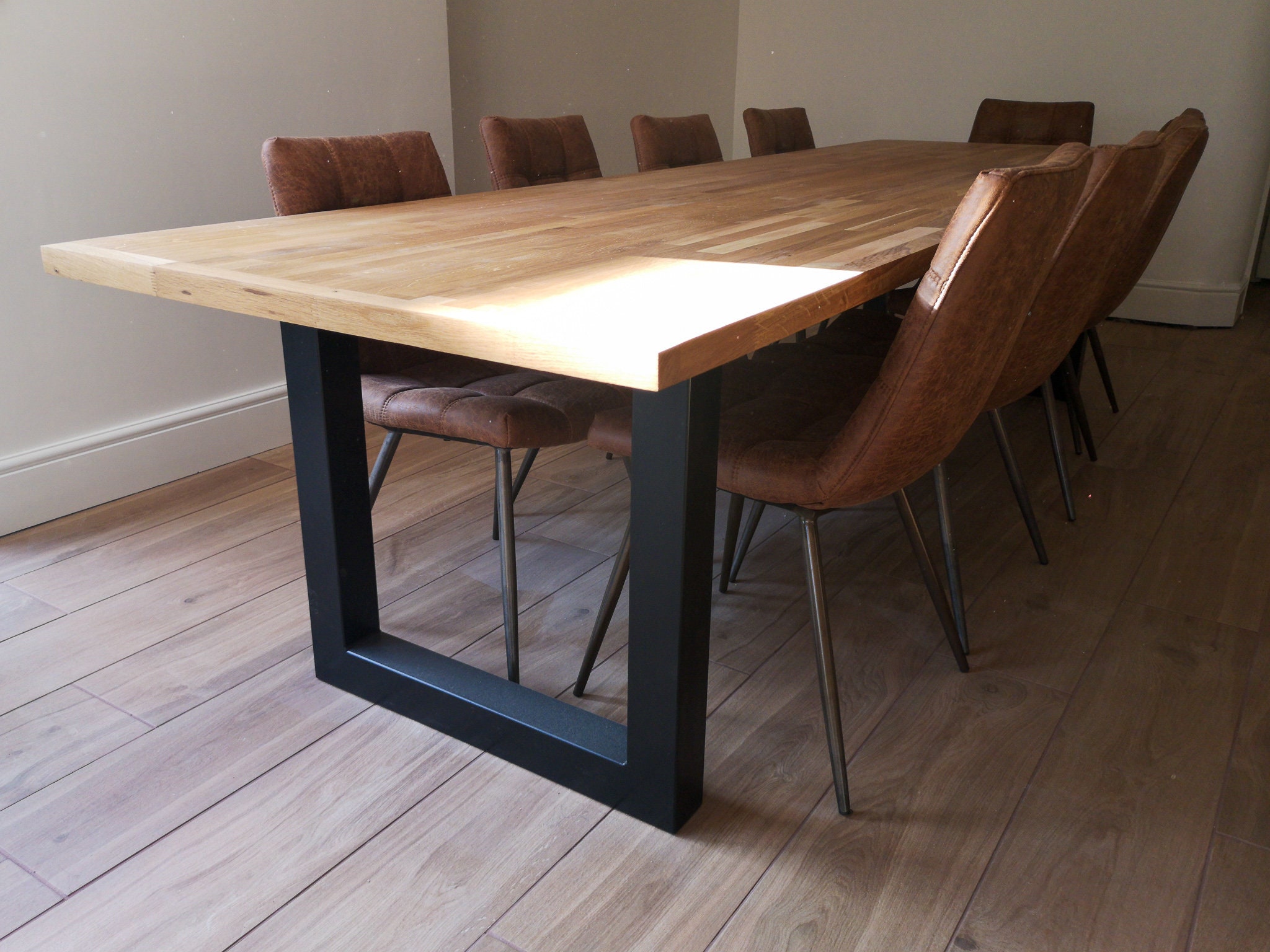Dining Room Table Legs: What to Take into consideration Before You Acquire
Dining Room Table Legs: What to Take into consideration Before You Acquire
Blog Article
An In-depth Check Out Dining Table Leg Styles: Finding the Ideal Match
Choosing the ideal table leg style is critical for both aesthetic appeal and practical capability. Typical 4 legs supply timeless style and security, while the stand base provides raised legroom and a modern appearance. For those with larger tables, trestle legs make sure tough assistance, whereas barrette legs present a mid-century contemporary vibe with their minimal style. The x-shaped legs blend modern style with improved stability. Each of these choices brings unique advantages, making the selection greater than just a matter of preference. Check out better to find which design perfectly matches your dining area and way of living.
Typical 4 Legs
Among the numerous types of dining table leg styles, the standard four-leg layout remains a timeless option for several houses. Four legs supply balanced support, making sure the table stays secure and qualified of bearing considerable weight (dining room table legs).
From a visual viewpoint, the traditional four-leg style can be quickly adjusted to numerous interior designs. Whether crafted from timber, metal, or a combination of materials, these legs can be intricately carved, sleek and minimalistic, or anything in between. Their flexibility allows them to complement both rustic and contemporary settings flawlessly.
Furthermore, the straightforward structure of the four-leg style helps with ease of movement and positioning within an area. Unlike more facility bases, this design reduces obstructions, offering enough legroom for restaurants. In recap, the standard four-leg dining table leg style marries enduring elegance with functional performance, making it a sharp option for those looking for both kind and function in their eating furniture.
Pedestal Base
Often commemorated for its classy and space-efficient style, the stand base is a distinguished alternative to the typical four-leg setup in eating table leg styles. This unique base usually includes a solitary main column sustaining the tabletop, which can vary in type, from ornately sculpted timber to streamlined, modern steel. Among the key advantages of the pedestal base is its ability to make best use of legroom and seating adaptability. Without corner legs, restaurants are managed better freedom of movement, making it an excellent choice for round and oval tables that promote even more intimate and inclusive events.
The main column itself supplies a canvas for detailed layouts and creative expressions, adding a component of aesthetic rate of interest underneath the table. In summary, the stand base integrates capability with design, making it a fine-tuned and sensible option for diverse dining atmospheres.
Trestle Legs
Trestle legs provide a robust and timeless structure for dining tables, click for info defined by their horizontal cross-bracing and durable support light beams. Originating from medieval times, this layout has evolved yet maintained its necessary framework, making it a perennial fave in both traditional and contemporary settings. The central trestle light beam, typically supported by two or even more upright blog posts, offers exceptional security, enabling for larger table lengths without the requirement for added legs.
A substantial benefit of trestle leg tables is the sufficient legroom they offer. Unlike tables with four corner legs, the lack of blockages at the table's edges provides unimpeded area for chairs and restaurants, enhancing comfort and access. This Get the facts makes trestle tables suitable for fitting bigger celebrations, whether in a dining-room or a banquet hall.
From rustic farmhouse to streamlined modern-day designs, trestle legs can be personalized to suit private preferences. Their long-lasting allure and useful advantages make trestle legs an engaging choice for those looking for both design and functionality in their eating table.
Hairpin Legs

The charm of hairpin legs lies in their simplicity and adaptability - dining room table legs. Offered in a range of materials, including steel and brass, they can be completed in many colors to match various indoor styles. Whether coupled with a rustic wood tabletop or a contemporary glass surface, barrette legs easily mix performance with a touch of vintage beauty
Longevity is an additional significant attribute of hairpin legs. Despite their fragile appearance, these legs are engineered to bear substantial weight, guaranteeing the table stays secure and protected. In addition, they are fairly easy to install, making them a popular selection for do it yourself lovers and expert furnishings manufacturers alike.
X-Shaped Legs

Created from products such as steel, wood, or a combination of both, X-shaped legs can be customized to match numerous layout preferences. Steel legs frequently lend a streamlined and industrial feel, perfect for loft-style houses and contemporary eating spaces.
Furthermore, the engineering behind X-shaped legs makes sure also weight circulation, minimizing the danger of tottering and improving sturdiness. This makes them particularly fit for larger table that require added assistance. In significance, X-shaped legs mix functional design with modern visual appeals, making them a timeless choice for diverse dining settings.
Verdict
A comprehensive understanding of dining table leg designs reveals the distinct features and benefits of each layout. Trestle legs guarantee durable assistance for larger tables, and barrette legs present a mid-century modern aesthetic.
Report this page